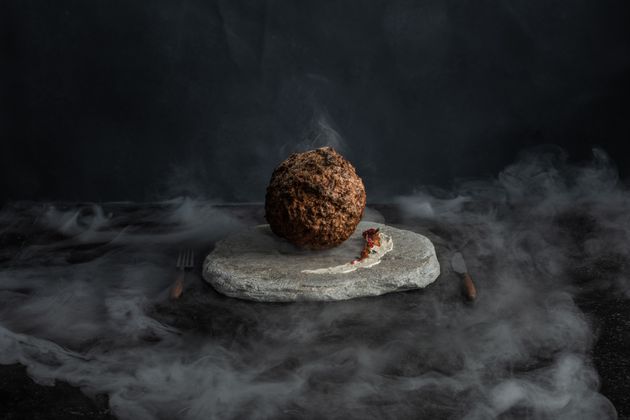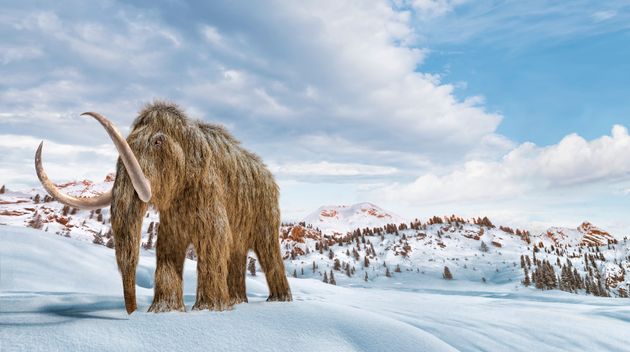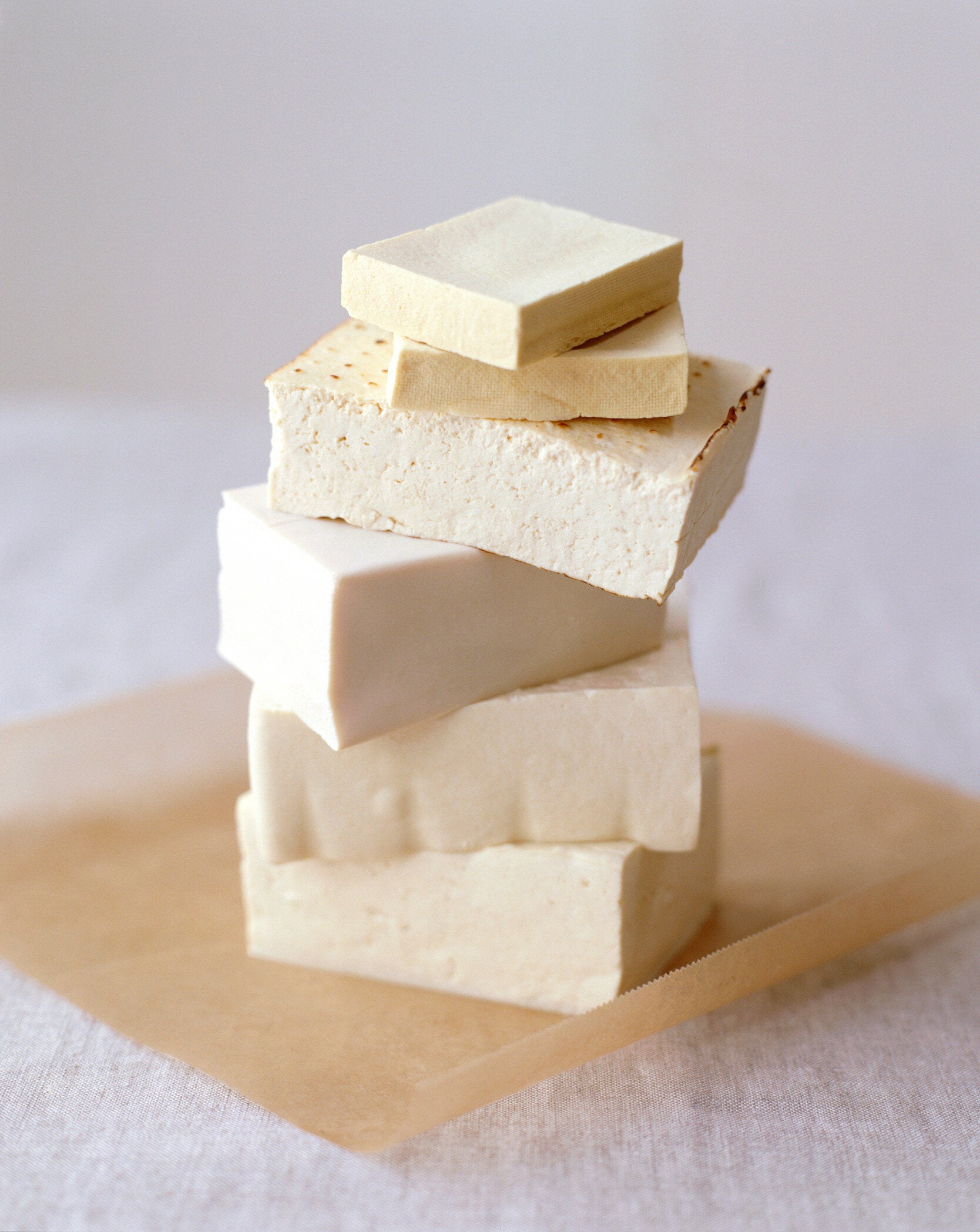 Here it is – the mammoth meatball.
Here it is – the mammoth meatball.I bet you never expected we’d be here, but indeed, here we are: scientists have made a meatball from an extinct woolly mammoth.
Let us explain.
It’s all part of an experiment in the name of changing the way we view food, or meat, more specifically.
Using advanced molecular engineering by Vow, an Australian cultured meat company, the experiment was unveiled at the Nemo Science Museum in the Netherlands on Tuesday.
Why? Well, it’s a good question, but it seems the experts wanted to show how cultured meat could change the face of the food industry through this pretty dramatic show.
Cultured meat is still animal meat but it’s grown from animal cells – rather than taken from the animals themselves – through molecular technology.
The company has previously looked at cultivating meat from the cells of alpaca, buffalo, crocodile, kangaroo, peacocks and fish.
But to really hammer the point home, they chose to use woolly mammoths for this particular meatball (after a brief attempt to recreate Dodo meat, before realising they didn’t have the required DNA sequences).
Vow’s founder Tim Noakesmith told The Guardian: “We chose the woolly mammoth because it’s a symbol of diversity loss and a symbol of climate change.”
It’s believed the animals went extinct due to hunting from early humans, and the early warming of the world after the last ice age.
 What the woolly mammoth may have looked like during the Ice Age.
What the woolly mammoth may have looked like during the Ice Age.How did it actually work?
Vow teamed up with the Australian Institute for Bioengineering at the University of Queensland to recreate the mammoth muscle protein, and then used elephant DNA to build up the rest before placing it in stem cells from a... sheep. What a concoction.
“It was ridiculously easy and fast. We did this in a couple of weeks,” said the University of Queensland’s Professor Ernst Wolvetang.
So... has anyone eaten it? Nope – but the scientists did point out that humans have not seen this kind of protein for thousands of years.
Prof Wolvetang said: “We have no idea how our immune system would react when we eat it. But if we did it again, we could certainly do it in a way that would make it more palatable to regulatory bodies.”
Still, that doesn’t mean other types cultured meat should be consumed, especially when it is grown from animals which are still roaming the Earth today.
The designers also say this kind of meat is better in both taste and nutritional value, while also reducing environmental problems thanks to a lower carbon footprint.
After all, up to 30% of the world’s greenhouse gases are created by food production – and the latest IGCC report only emphasised how important it is we cut down on our harmful emissions in order to reduce the harmful effects of climate change.
In a study for the UN, think tank Chatham House also found that 86% of the 28,000 species at threat from extinction may have been affected by agriculture.
This source of food production is also allegedly more effective in terms of cost.
Vow wants to “transition a few billion meat eaters away from eating (conventional) animal protein to eating things that can be produced in electrified systems”, according to chief executive George Peppou.
The company will first sell its cultivated meat to diners in Singapore, in the form of Japanese quail.
And who knows, it could soon come to our own shores...




